As scientists evaluate and report broader impacts, we inevitably face the challenge of collecting and analyzing demographic data. But how do we do this effectively and ethically? Let's explore this through two contrasting experiences.
Research Center vs. Research Study
Research Center: Less is More
📸 Picture this: You're tasked with evaluating the "climate" of a National Research Center with about 60 members. Your goal? To assess inclusivity, appreciation of diverse perspectives, and equitable resource distribution.
With such a small sample size, detailed categorizations could lead to the identification of individuals—not ideal for general climate assessment.
Our solution? A single checkbox:
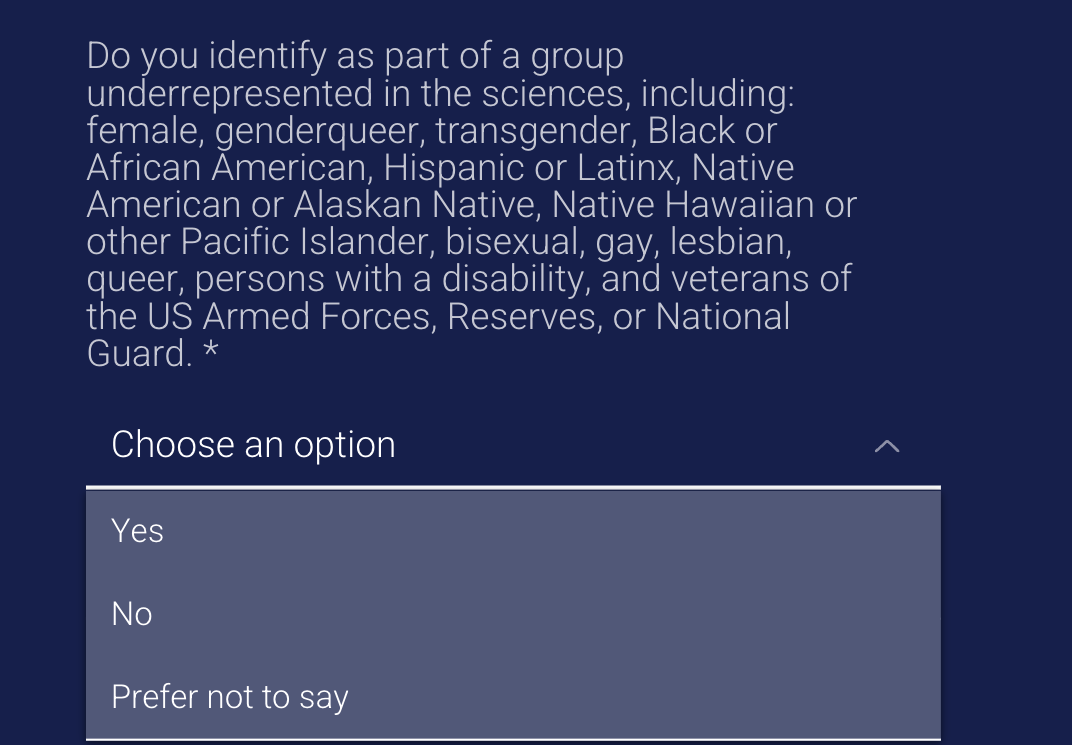
This approach:
- Reduced survey fatigue
- Maintained anonymity
- Provided actionable insights for improving the overall climate, particularly for underrepresented scientists
Research Study: Diving Deep
Contrast this with a research study involving over 12,000 students across various colleges. The larger sample size allowed for more detailed categorizations, enabling intersectional analyses and fine-tuned evaluations of STEM undergraduate programs.
The study was grounded in a Critical paradigm, which aims to challenge power structures and promote liberation. This theoretical framework informed the design of the demographic categories, emphasizing the importance of self-identification and providing space for students to articulate their identities in their own words.
We used extensive categories, including:
- Multiple gender identities (including a free-text option)
- Detailed ethnicity classifications
- Various sexual orientations
This approach sought to empower students to represent themselves authentically and capture their identities' complexity rather than imposing restrictive or potentially offensive categories.
While this approach provided rich data, it also presented challenges:
- Increased risk of survey fatigue
- Complexities in data analysis and interpretation
- Potential for offensive categorizations
For instance, the use of "American Indian" as a category can be deeply offensive to many Indigenous populations, as it perpetuates colonial terminology and misrepresentation. Additionally, the conflation of sex and gender in some categories may alienate individuals who don't conform to binary definitions, while the inclusion of ethnicity options like "Asian/Asian American" can oversimplify the vast diversity within these communities. While intended to be inclusive, these categorizations risk reinforcing harmful stereotypes or erasing the nuanced identities of respondents.
Critical Takeaways for Chemists Advancing Broader Impacts
- Theoretical Framework: Ground your approach in a solid theoretical framework that connects your outcomes to the demographic categories you collect.
- Purpose Drives Detail: Align your data collection with your objectives. You may not need granular categorizations if you're not planning to examine or support specific subgroups.
- Sample Size Matters: Smaller samples require broader categories to maintain anonymity and provide meaningful insights.
- Respect and Inclusivity: Consult with community members to ensure respectful and inclusive categorizations. Remember, terms like "American Indian" can be offensive to many Indigenous populations.
- Avoid Conflation: Avoid mixing distinct concepts like sex and gender or race and ethnicity.
- Consider Context: When comparing demographics, factor in societal influences, accessibility, and cultural nuances that may affect your sample.
Practical Steps for Your Next Project
1️⃣ Define Your Purpose: Clearly articulate why you're collecting demographic data and how you'll use it to benefit your participants.
2️⃣ Identify a Theoretical Framework: Choose a framework that aligns with your research goals and informs your data collection approach. Some examples include:
- Intersectionality Theory: Developed by Kimberlé Crenshaw, this framework examines how various social identities intersect and influence experiences of discrimination. Certainly! Here are citable references for each framework, honoring their original developers:
- Social Ecological Model: This model, often used in public health research, considers the complex interplay between individual, relationship, community, and societal factors.
- Critical Race Theory: This framework examines the intersection of race, law, and power in society and can be particularly useful for analyzing racial demographics in institutional contexts.
3️⃣ Consult Experts: Engage with social scientists and community members to refine your approach and avoid potential pitfalls.
4️⃣ Pilot Test: Run a small-scale test of your data collection method to identify any issues before fully implementing it.
5️⃣ Be Transparent: Communicate to participants why you're collecting this data and how it will be used.
6️⃣ Stay Flexible: Be prepared to adapt your approach based on feedback and emerging best practices.
This is all based on my experience and knowledge to this point. I would love to gain more perspectives, insights, and resources to broaden my knowledge and encourage the community to call me into their findings. Thank you!
Next: Supporting Undergraduate Researchers
✨ Subscribe for Updates! ✨About Cuvette Collective:
Cuvette Collective represents a community of educators and scientists dedicated to empowering the societal impact of STEM research. We provide tailored tools, strategies, and insights to help scientists craft authentic, impactful broader impact plans that align with NSF priorities and their research focus. Our engaging blog posts, interactive resources, and personalized consulting services support researchers in leveraging their scientific expertise to make a meaningful difference in society.
How to get involved:
1️⃣ Subscribe to our blog for the latest tips and insights.
2️⃣ Apply to participate in the Broader Impacts Excellence Program.
3️⃣ Inquire about our services to enhance your broader impacts efforts.
We hope you will join our vibrant community committed to reimagining the role of science in society and maximizing the impact of research!



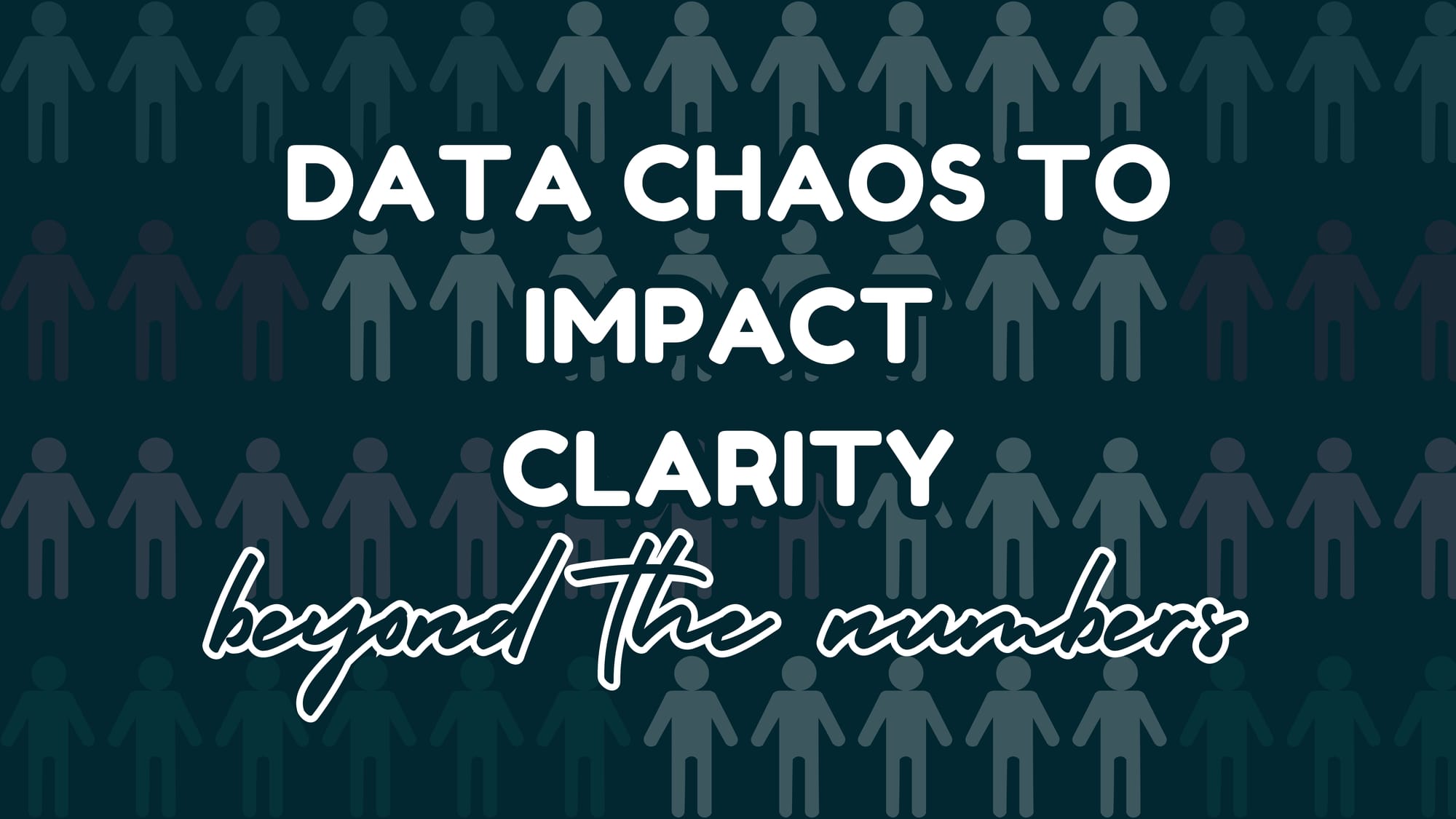
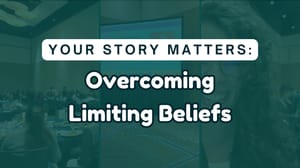




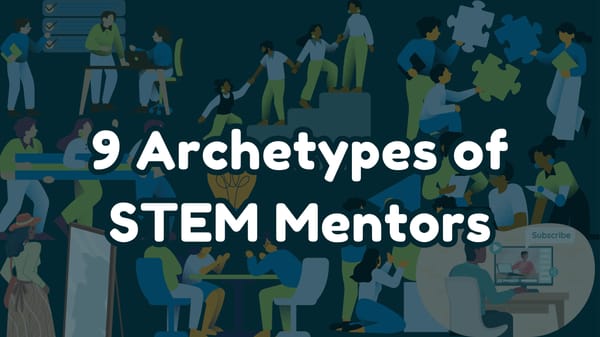
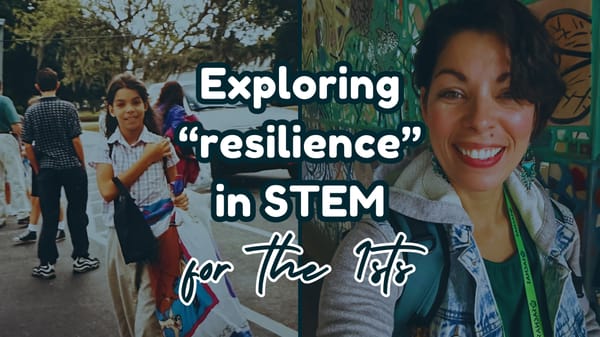
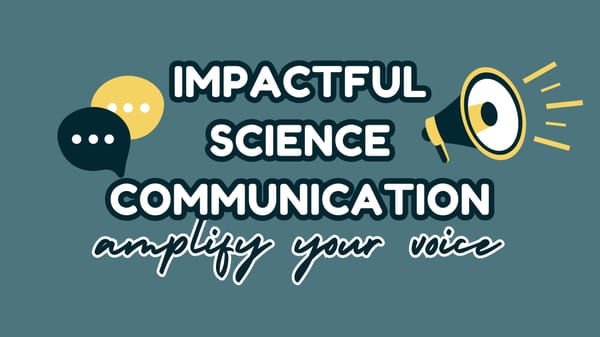
Member discussion